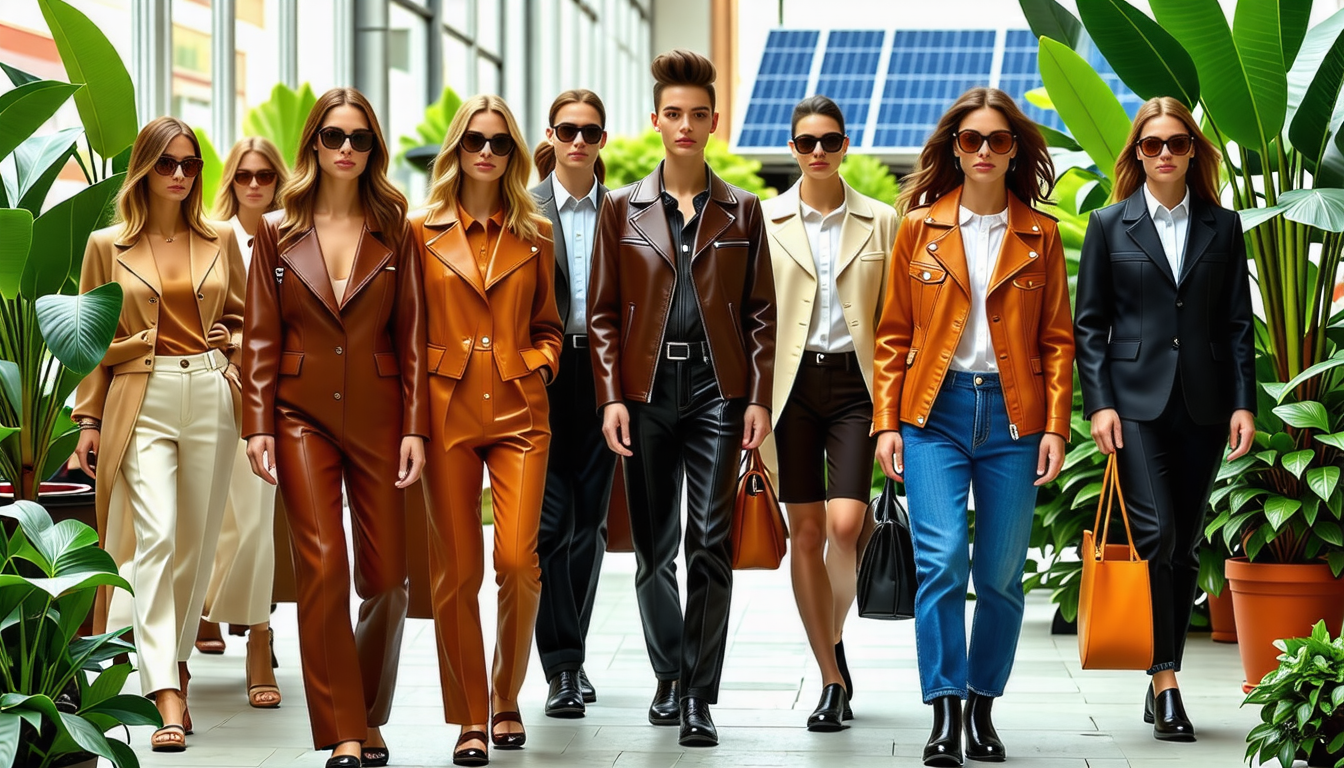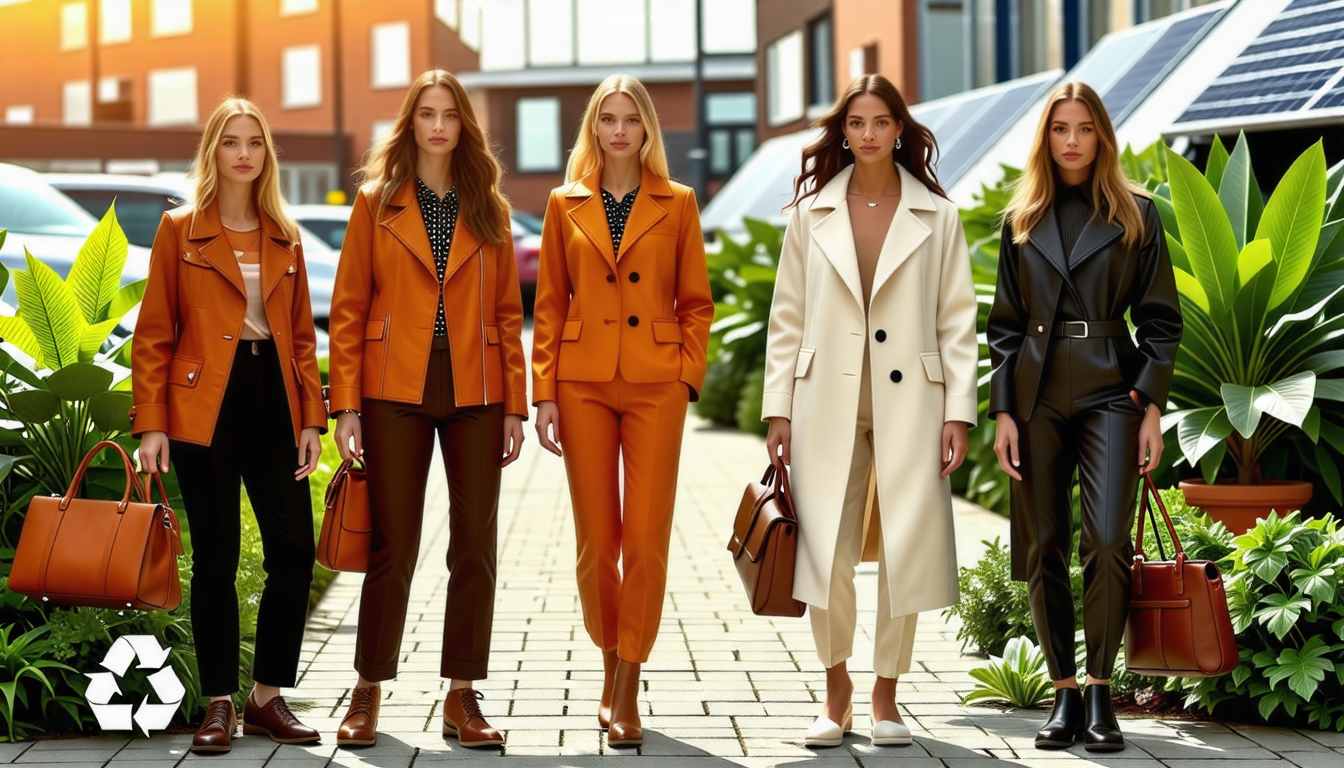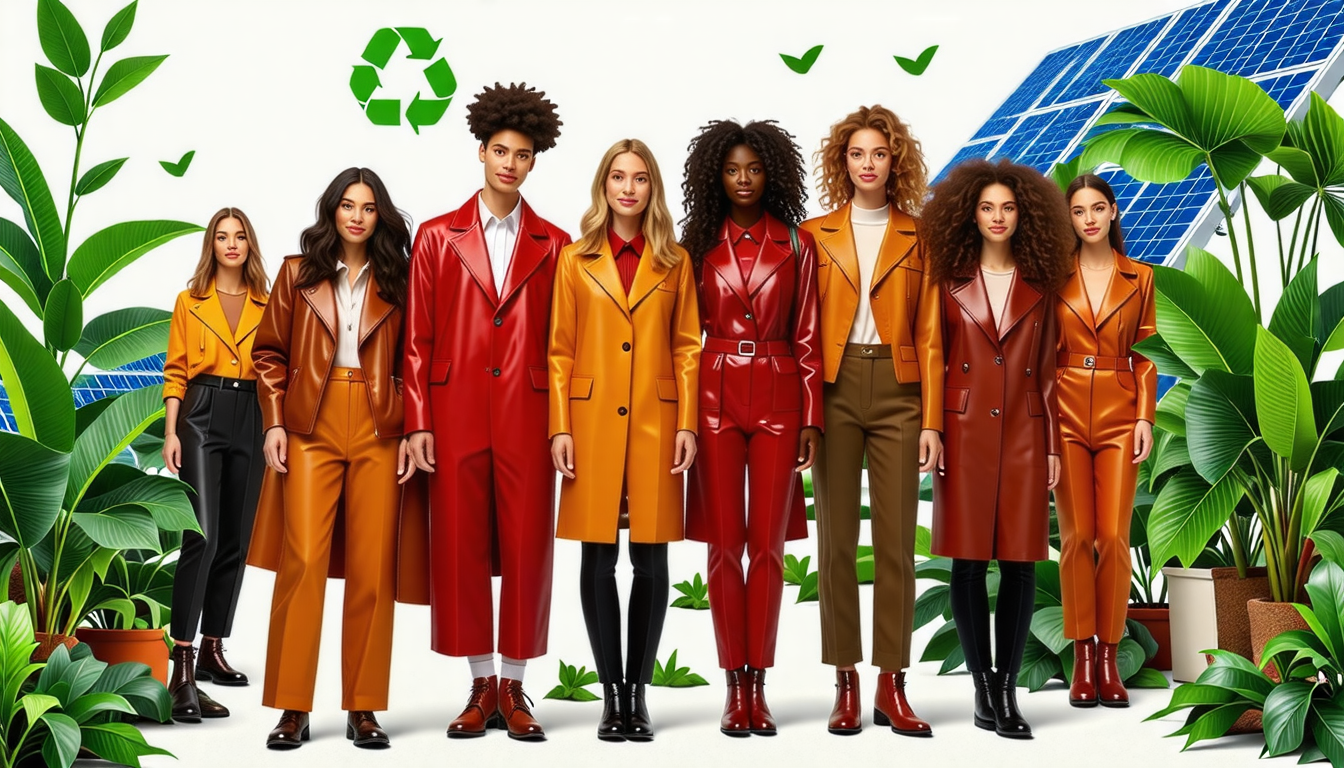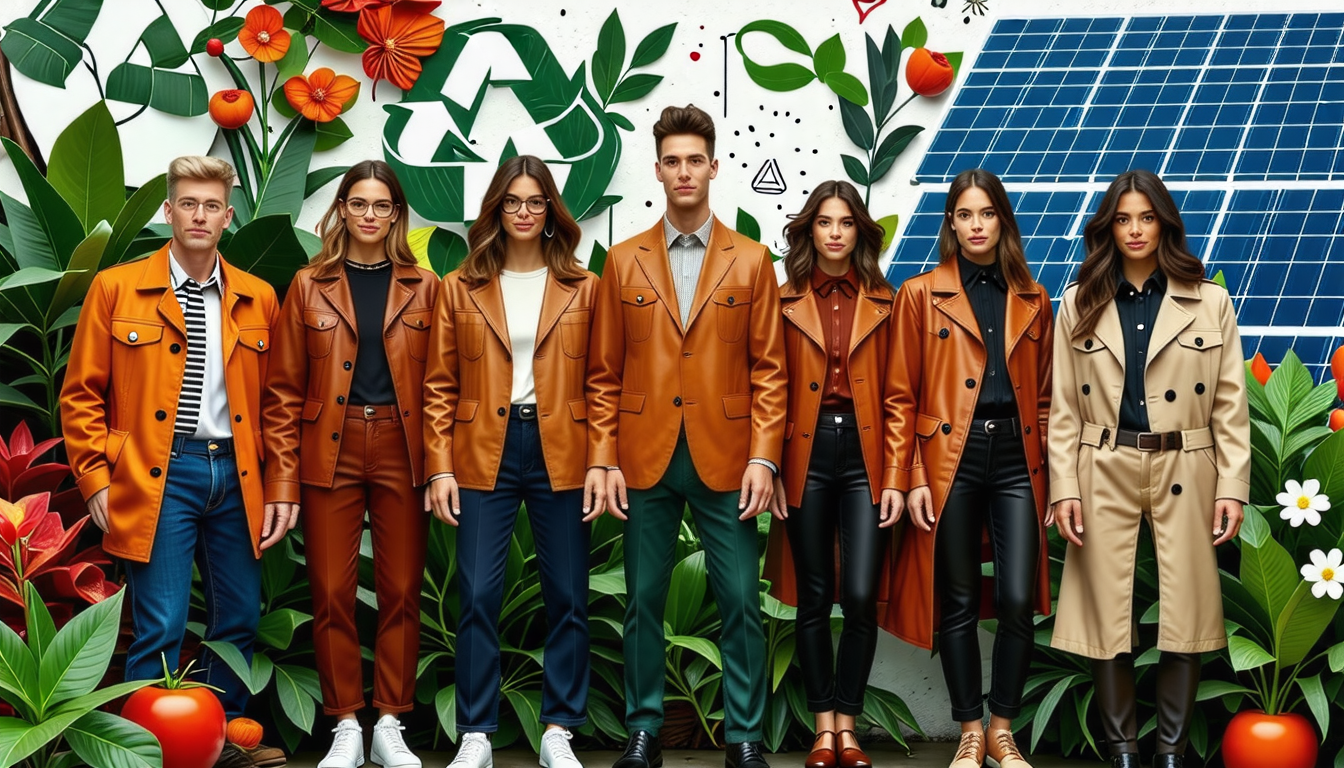|
IN BRIEF
|
Welcome to the vibrant world of vegan leather fashion, where eco-conscious choices meet cutting-edge style! As the demand for sustainable alternatives surges, we are witnessing a remarkable transformation within the fashion industry. Gone are the days where style and sustainability were at odds; now, chic and cruelty-free options are at our fingertips. From chic accessories to trendy apparel, innovative materials such as cactus, apple peels, and even fungi are now redefining the landscape. With each step toward a greener future, designers and consumers alike are embracing the vegan leather revolution, driven by the desire for a more ethical approach to fashion. Join us on this exciting journey as we explore the latest trends and the profound impact of this sustainable movement!

As consumers become more environmentally conscious, the fashion industry is witnessing a profound shift towards vegan leather. This material, often referred to as faux leather, is not just a trend; it embodies a commitment to ethical production and sustainable practices. Let’s explore the evolution of vegan leather and its growing presence in luxury fashion.
Conclusion: A New Era in Fashion
As vegan leather continues on its upward trajectory, the fashion landscape stands to benefit immensely from its rise. An emphasis on style, sustainability, and ethical practices creates opportunities for continuous innovation. A new era in fashion emphasizes not just what we wear, but how it impacts the world around us.
Understanding Vegan Leather
Vegan leather serves as a cruelty-free alternative to real leather. While it originally gained commercial traction as a synthetic material, recent innovations in the field have introduced a variety of sustainable options. Today, vegan leather can be crafted from sources like pineapple leaves, cactus, and even fungi. This diversity in materials represents a promising shift towards a more sustainable fashion ecosystem.
From Plastic to Plant-Based
Initially labeled simply as plastic or polyurethane, the term ‘vegan leather’ truly gained momentum with the rise of veganism in recent years. The usage of more sustainable, plant-based components has transformed its image. Fashion designers are now pioneering vegan leather that not only mimics the appearance and feel of traditional leather but also prioritizes environmental responsibility.

As we witness the rise of vegan leather, it is crucial to understand its implications for both fashion and the environment. In recent years, the vegan leather market has seen exponential growth, projected to reach over $85 billion by 2025. This growth is fueled by increasing consumer demand for sustainable and cruelty-free alternatives to traditional leather.
Furthermore, innovative materials are redefining what vegan leather can be. For example, designers are now using plant-based fibers from materials like pineapple leaves, cactus, and even algae. These alternatives not only reduce our reliance on animal products but also significantly lower the carbon footprint compared to the animal leather industry, which is responsible for up to 14% of global greenhouse gas emissions.
Moreover, brands embracing vegan leather are also tapping into a new customer base. Statistics reveal that 73% of millennials are willing to pay more for sustainable products. This shift illustrates a remarkable opportunity for the fashion industry to align both ethics and aesthetics.

The transformation in the fashion industry is undoubtedly palpable with the ascent of vegan leather. As designers increasingly embrace this eco-friendly and cruelty-free alternative, we witness a harmonious blend of style and sustainability. From plant-based innovations such as cactus leather to the creative use of agricultural waste, the options are abundant and exciting. This movement not only addresses the environmental impacts of traditional animal leather but also reshapes consumer perceptions towards more ethical choices in fashion. As sustainability becomes a core value for many, the allure of vegan leather signifies a progressive shift towards a future where fashion will continue to evolve without compromising on the welfare of our planet.
FAQ
What is vegan leather and how is it different from traditional leather?
R: Vegan leather, often referred to as faux leather, is a synthetic or plant-based alternative to traditional leather made from animal hides. Unlike animal leather, which has significant environmental impacts, vegan leather can be produced from various materials, including plants, algae, and even agricultural waste, making it a more sustainable option.
What are the benefits of using vegan leather in fashion?
R: The use of vegan leather promotes a more sustainable and cruelty-free approach to fashion. It reduces reliance on animal agriculture, minimizes pollution and deforestation associated with the leather industry, and provides consumers with stylish options that align with their ethical beliefs.
Are there any innovations in vegan leather production?
R: Yes! The fashion industry is witnessing exciting innovations in vegan leather. New materials such as mushroom leather, cactus leather, and even apple leather are being developed, allowing designers to experiment and create fashionable items while embracing sustainability.
Is vegan leather truly environmentally friendly?
R: While vegan leather is often seen as a more sustainable alternative, its environmental impact can vary. Many products rely on synthetic materials, which may not be biodegradable. Thus, it’s essential for consumers to research and choose brands that prioritize eco-friendly production methods and materials.
How is consumer perception changing regarding vegan leather fashion?
R: As sustainability becomes a growing concern for many consumers, the perception of vegan leather is shifting positively. People are increasingly recognizing plant-based leathers as not only a fashionable choice but also an ethical commitment to reducing harm to the environment and animals, setting new standards in the fashion industry.


